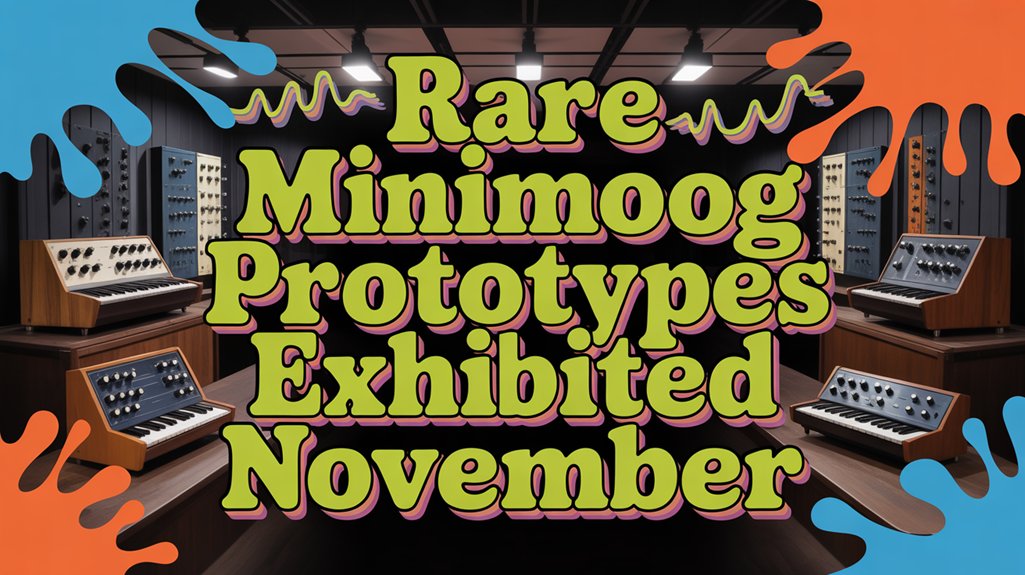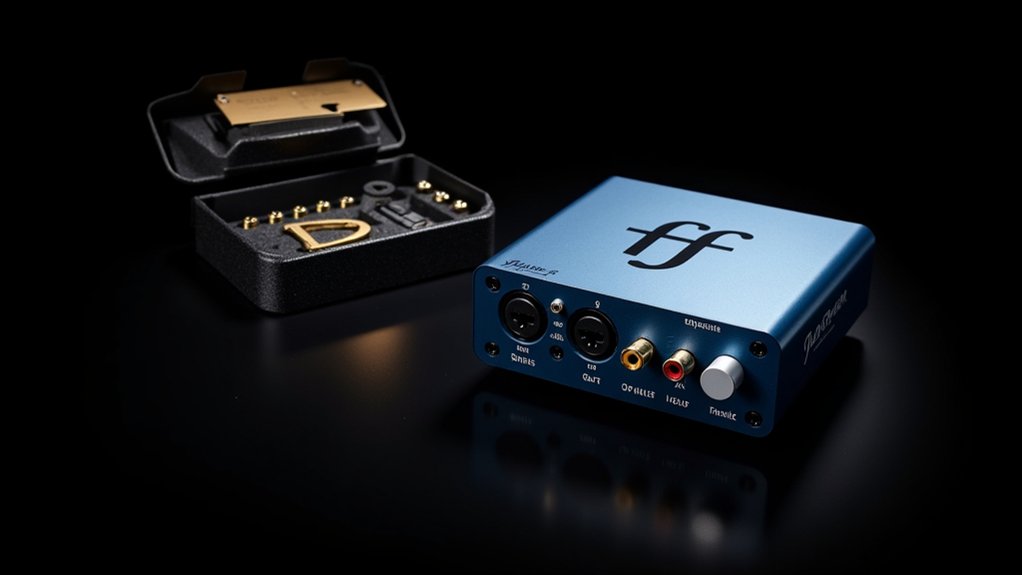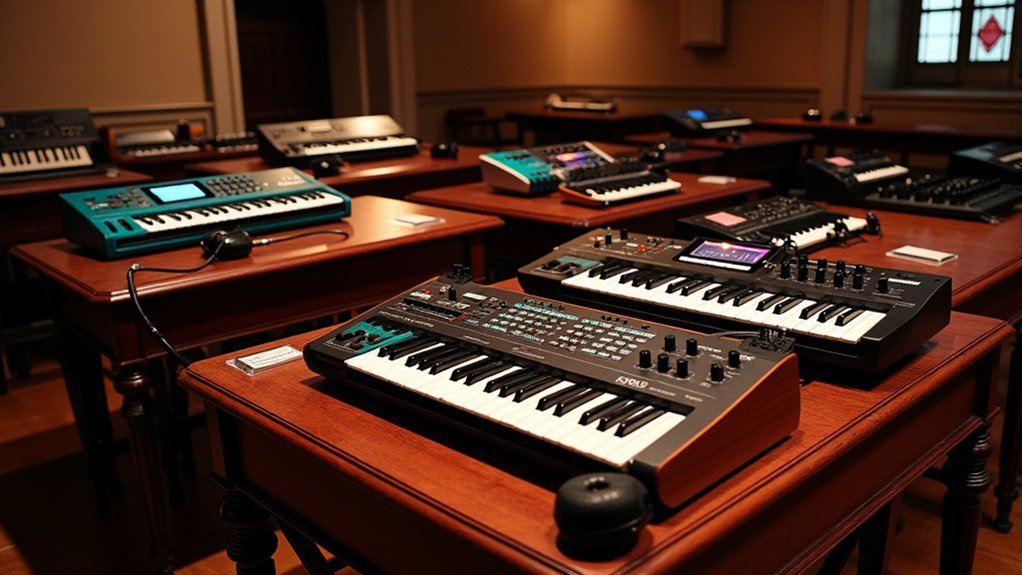Synthesizer enthusiasts and music history buffs will have an unprecedented opportunity to witness a pivotal chapter in electronic music history when all four original Minimoog prototypes are displayed together at The Moogseum in Asheville, North Carolina, from November 14-16, 2025.
The exhibition coincides with the 55th anniversary of the first Minimoog shipment in November 1970, a milestone that transformed electronic music by making synthesizers portable and accessible to performing musicians.
The Minimoog’s evolution began with the Model A prototype, built in late 1969 by engineer Bill Hemsath at R. A. Moog, Inc. as a five-module assembly designed to demonstrate larger modular systems.
The humble beginnings of a revolution: a five-module assembly that would forever change electronic music’s landscape.
Model B followed in 1970, constructed by Hemsath, Chad Hunt, and Jim Scott, featuring significant improvements including an integrated front panel design and a briefcase-style lid with handle for enhanced portability.
These rare instruments, normally housed at the Museum of Music Technology (MMT) in Harleysville, Pennsylvania, document the transformation from unwieldy modular systems to compact performance instruments.
The prototypes were actively tested by pioneering musicians, including Sun Ra, who incorporated the Model B into live performances, providing critical feedback that influenced subsequent development.
The Moogseum, located at 56 Broadway Street in downtown Asheville, will extend its hours from 10 AM to 6 PM during the three-day exhibition.
Tickets are priced at $16 per person, with advance reservations strongly recommended due to anticipated high interest.
MMT staff will be present throughout the event to provide technical insights and historical context for visitors.
This collaborative exhibition between the Bob Moog Foundation and the Museum of Music Technology represents the first time all four prototypes have been displayed together outside the MMT’s permanent collection.
The partnership highlights both organizations’ commitment to preserving electronic music’s technological heritage while educating the public about analog synthesis innovations that continue to influence modern instrument design.
Visitors can explore how these historic instruments laid the foundation for sound design techniques that revolutionized music production, from ambient textures to complex layered soundscapes.
The Moogseum, an immersive, interactive museum dedicated to Bob Moog’s legacy, serves as an ideal venue for this unprecedented gathering of synthesizer history. For enthusiasts inspired by the exhibition and looking to create their own electronic music, setting up a home studio environment can provide the perfect space to experiment with synthesizer sounds and production techniques. Attendees interested in additional context can join guided tours led by Michelle Moog-Koussa starting at 9:00 AM each day of the exhibition. The exhibition also features a fundraising raffle opportunity for a fully restored vintage Minimoog signed by Todd Rundgren and valued at $6,500.




